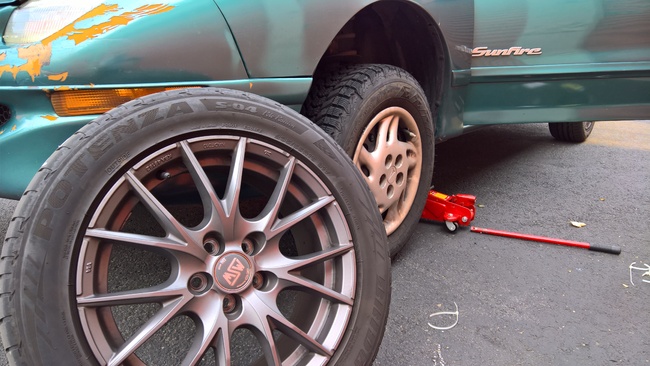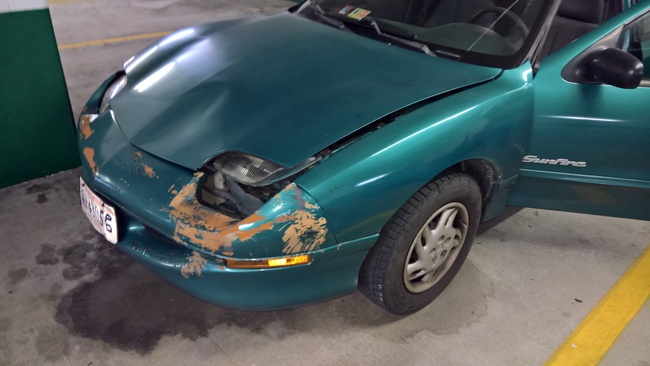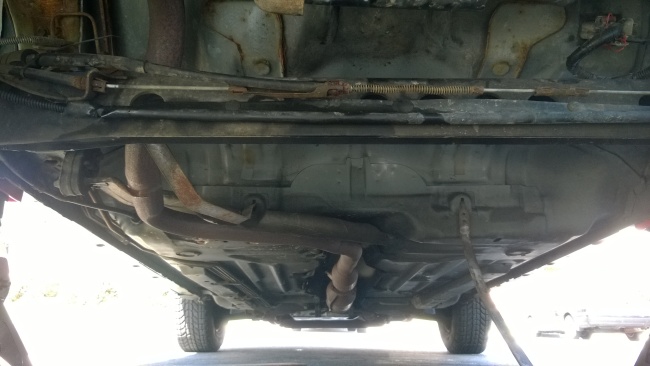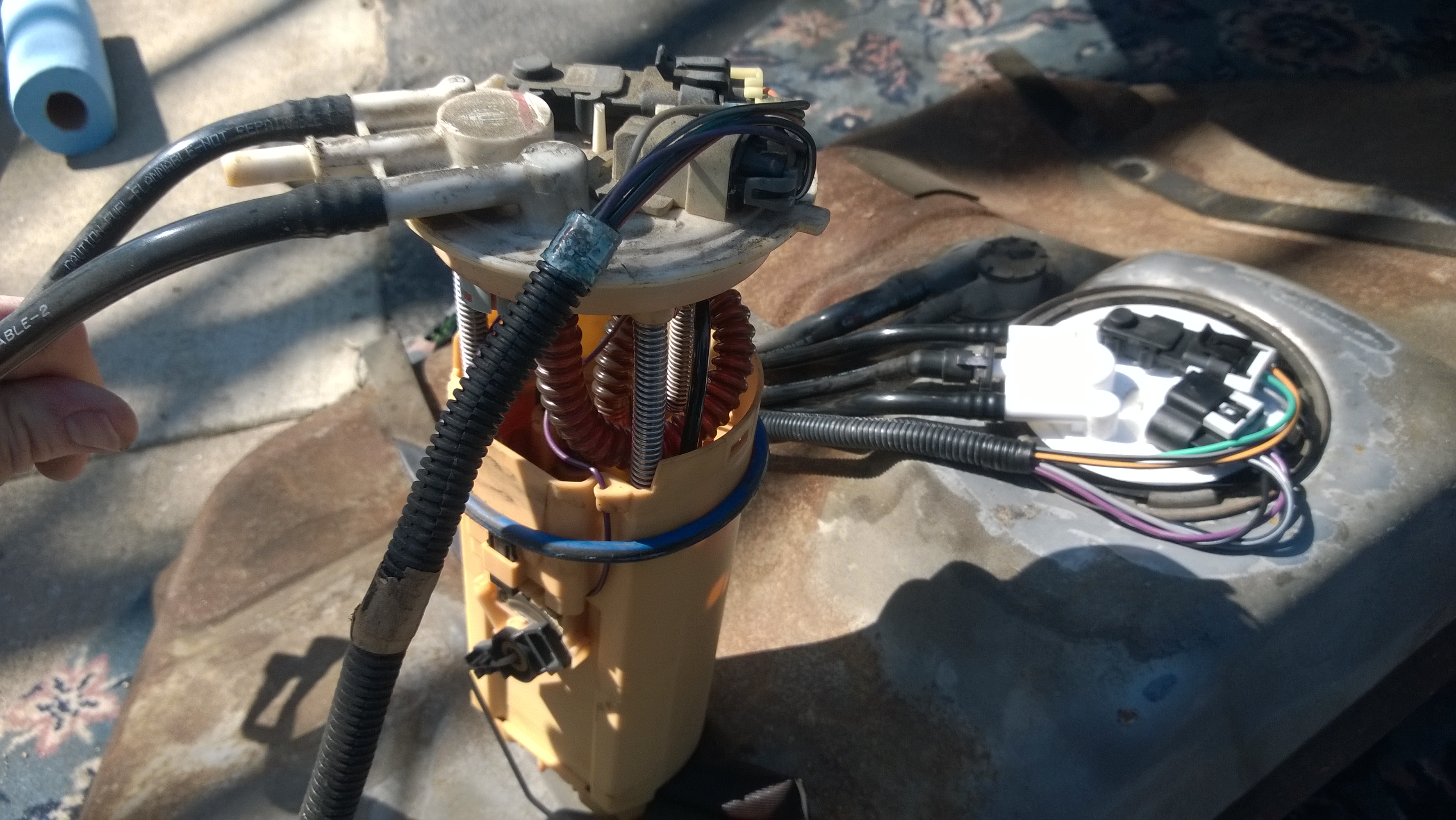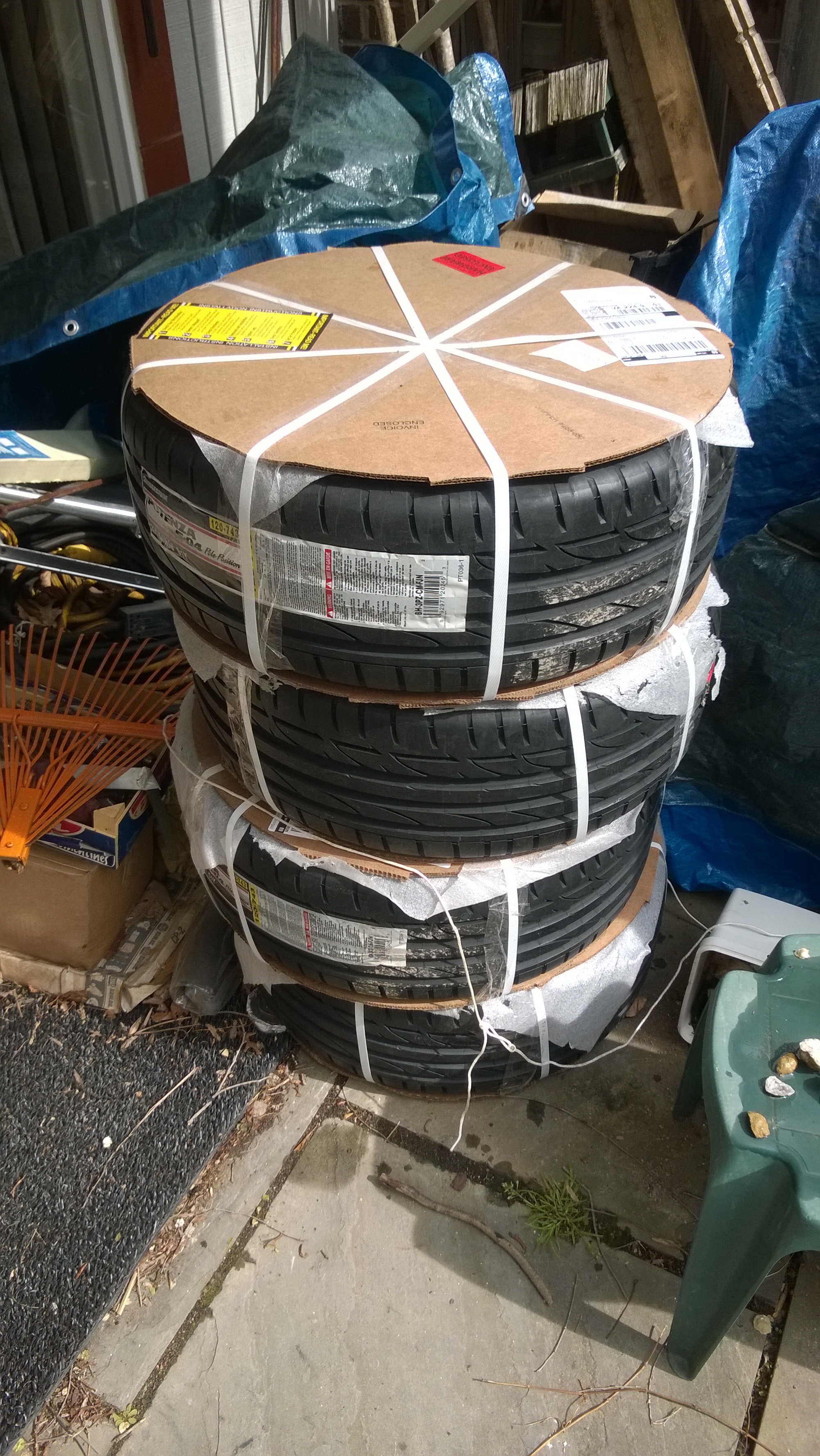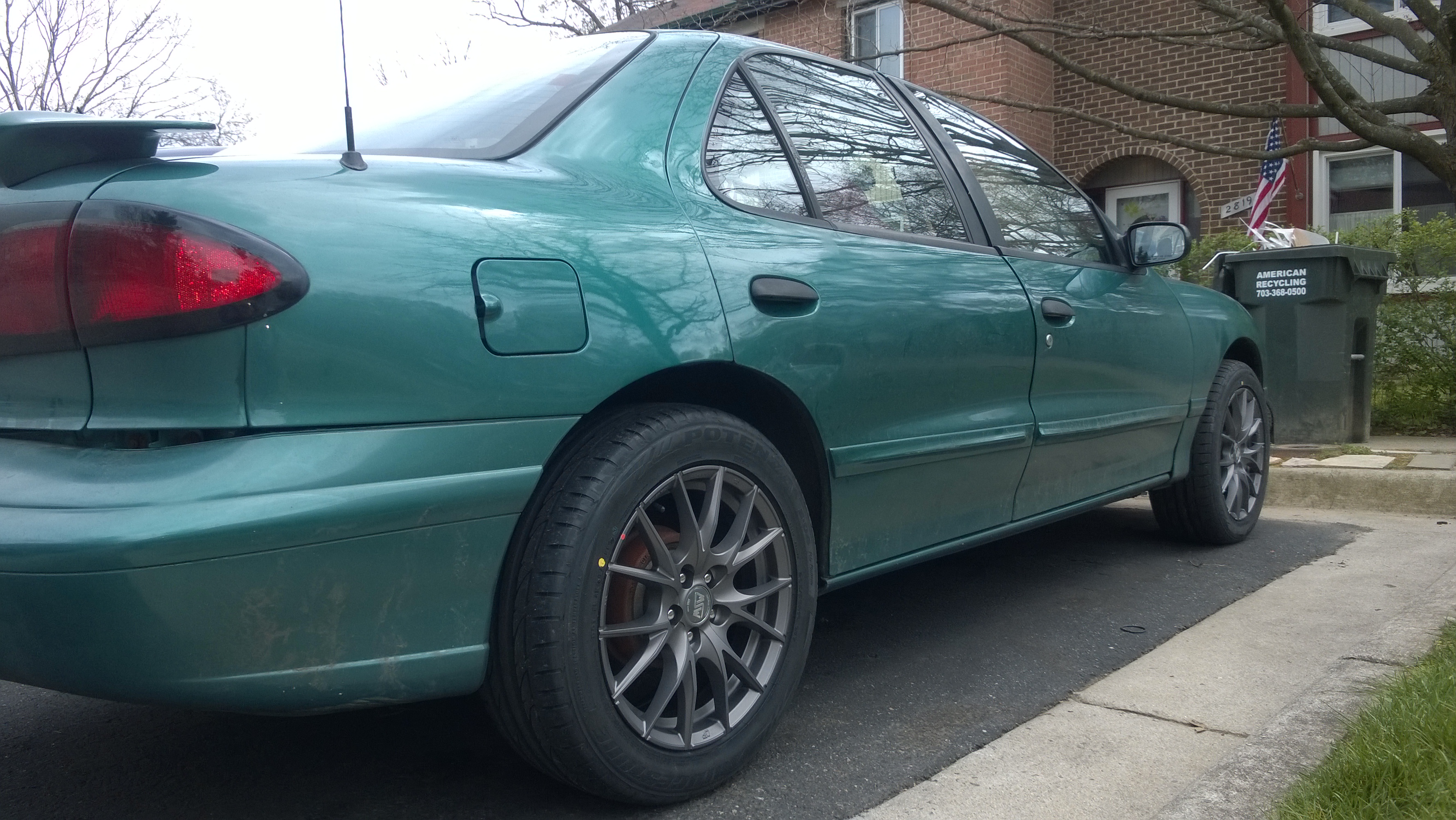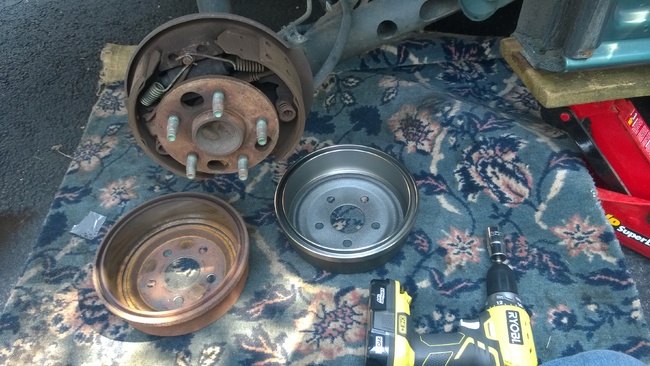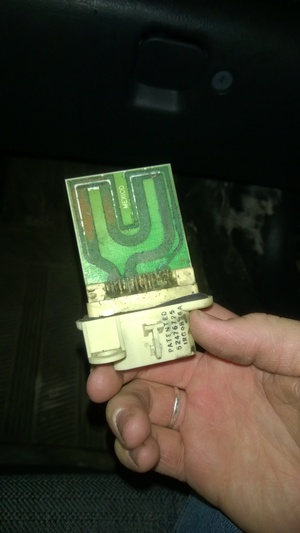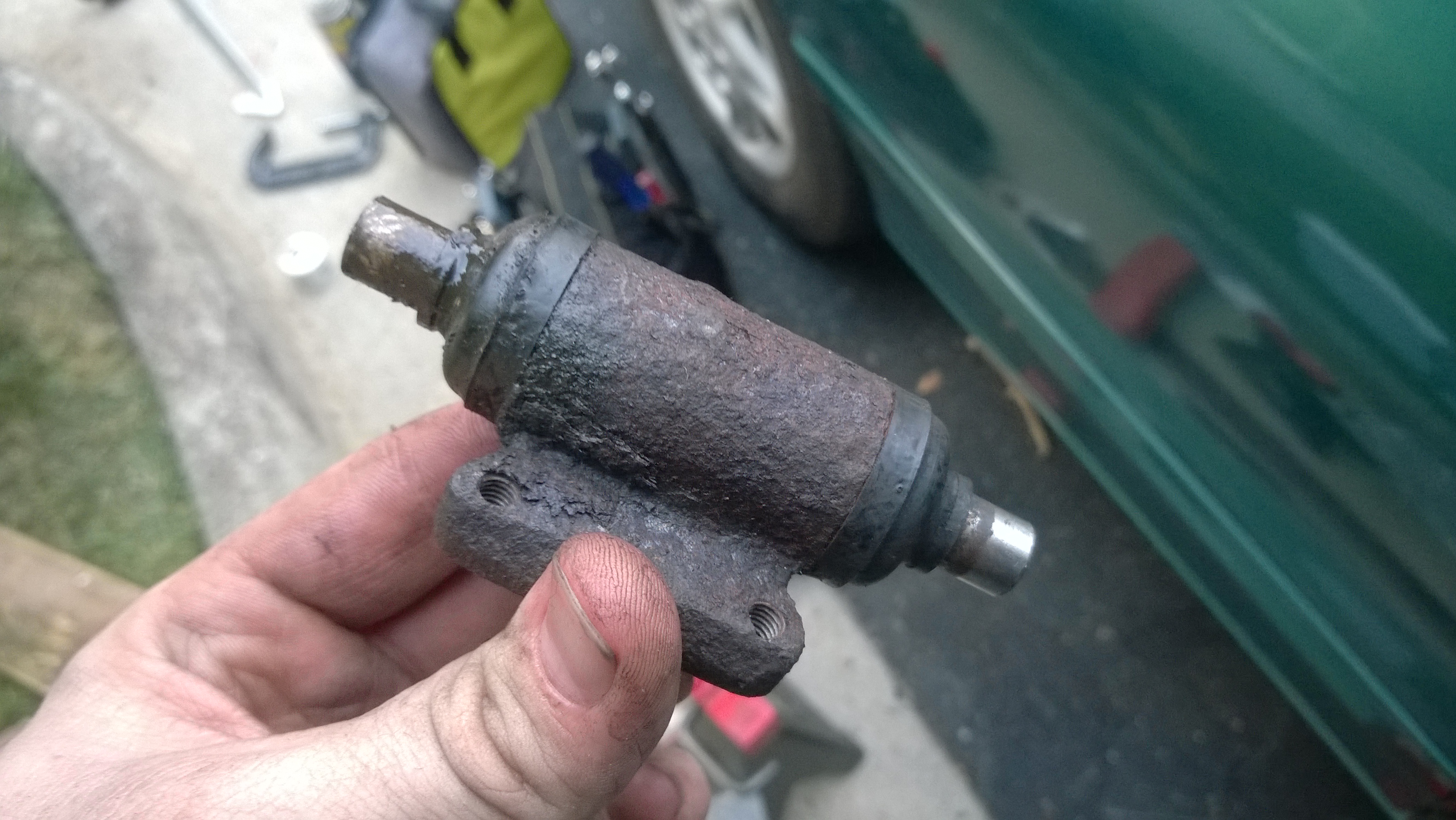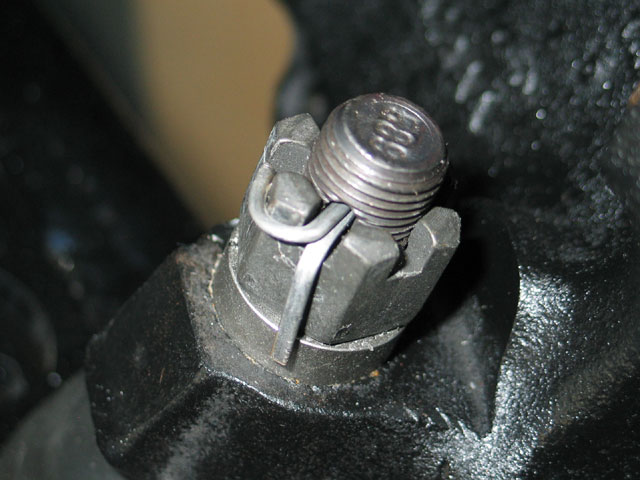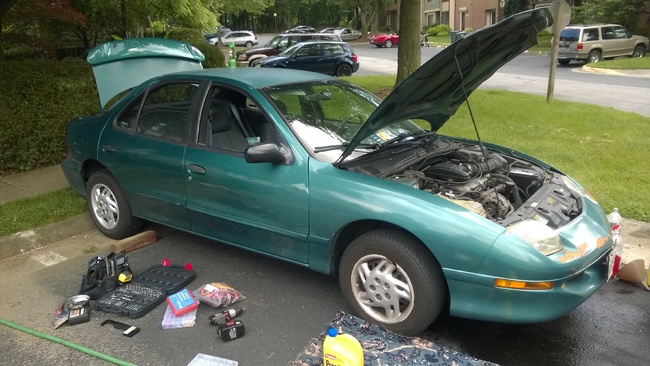#SaveEddie, Part I: The Coefficient of Friction
 Monday, May 29, 2017 at 8:17PM
Monday, May 29, 2017 at 8:17PM Summer tires are a fine thing for driving. When I talk about my seasonal tire strategy, I’m often confronted with the inquiry, “Why don’t you just use all-season tires?”A part of me wants to tell them they’ll never understand. However, years of working in the service industry has trained me to temper my snippiness. Instead, I’ll illustrate that four-season tires are a compromise that results from convergence.
I’ve observed for many years that when the features of two products are converged into a single unit, the merits of these features always become compromised. The most successful convergence to my mind is none other than the Clock Radio: take a standard tabletop radio, glue on a digital clock, and interconnect the two such that the radio can be turned on at a specified time. Low and behold, it works! You set the trigger to five minutes before you head out the door for work in the morning, and sure enough the radio turns on at 7:55 A.M., thus waking you to the sound of morning talk show antics. You stir, looking for the source of the noise and see the current time displayed on the chronograph. Your half-asleep brain does a bit of arithmetic, then fires a surge of adrenaline through your body to get your lethargic ass energized to shower, shave, dress and sprint out the door while praying a power outage scrambled the time clock at work last night so you can slip into your office undetected by the higher-ups.
The Clock Radio works as advertised, even if your body clock doesn’t. However, you probably aren’t listening to Sublime’s new single on this thing. No, you want the good stereo your older brother bought with money from selling midterm answer sheets, don’t you? So, while the Clock Radio is a perfectly functional clock paired with a perfectly functional radio, it failed to exemplify the best attributes of either product. Sound quality is rather limited, given the single speaker. And, for many, many years, it wasn’t a particularly attractive clock, never destined to hang upon the wall alongside Great-Uncle Charlie’s self-portrait.
 And so, we have the all-season tire: functional in summer, functional in the snow, but failing to match the potential in either when asked of it.
And so, we have the all-season tire: functional in summer, functional in the snow, but failing to match the potential in either when asked of it.
Summer tires can’t cut into the snow because the tread pattern is meant to displace liquid water rather than powder, while the knobbly tread on a snow tire allows for some flex, meaning decreased grip in dry conditions. As such, many drivers elect for a best-of-both-worlds approach, and have the dealer bolt on four all-season tires, and they won’t have to worry about it until they wear out.
I take a different approach. Last year, I purchased a new set of rims and had some Bridgestone summer tires installed on them. I took off my stock rims, which had winter tread on the front axle and still-good all-seasons on the back, and bolted up the new ones for a transcendent experience in traction. These tires provided me with a spirited driving experience all through spring, summer and fall, until early December when I switched them back. Some may see the twice-annual change as an inconvenience not worth having, but I consider it time well-spent for an engaging driving experience nine months out of the year and peace of mind during the other three.
Back to squishy, cold weather compound for a few months, which brings me to late February.
Conditions were moderate in temperature, but high in humidity due to earlier rainfall. Much of that moisture was still on the asphalt as I crested a hill to find someone stopping quickly to turn left off the busy street. The duty then fell to me to modulate braking pressure to avoid a lockup. Normally, the anti-lock brake system’s computer would do that for me, but thanks to a break in the wire leading to the front-right wheel sensor that I haven’t been able to chase down, my ABS is inactive. Locking up the brakes would be bad for me, since I have moving traffic on my right, while there’s oncoming traffic to the left, and if I were to spin it would be far worse than unfortunate.
So modulate the brakes I do, and I can hear these winter tires howl like a wounded animal; a sound generated by combining the flex of rubber under stress with turbulent airflow around the tire’s tread. My heart stops, hoping to inspire the car to do the same, but it isn’t enough in these greasy conditions to prevent Eddie from colliding into the back of a late 2000’s Nissan Sentra.

